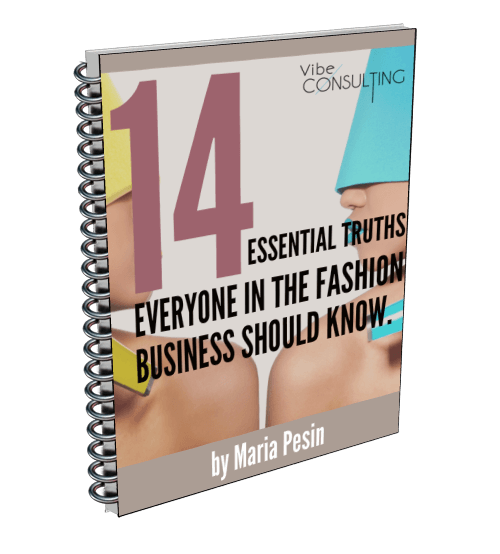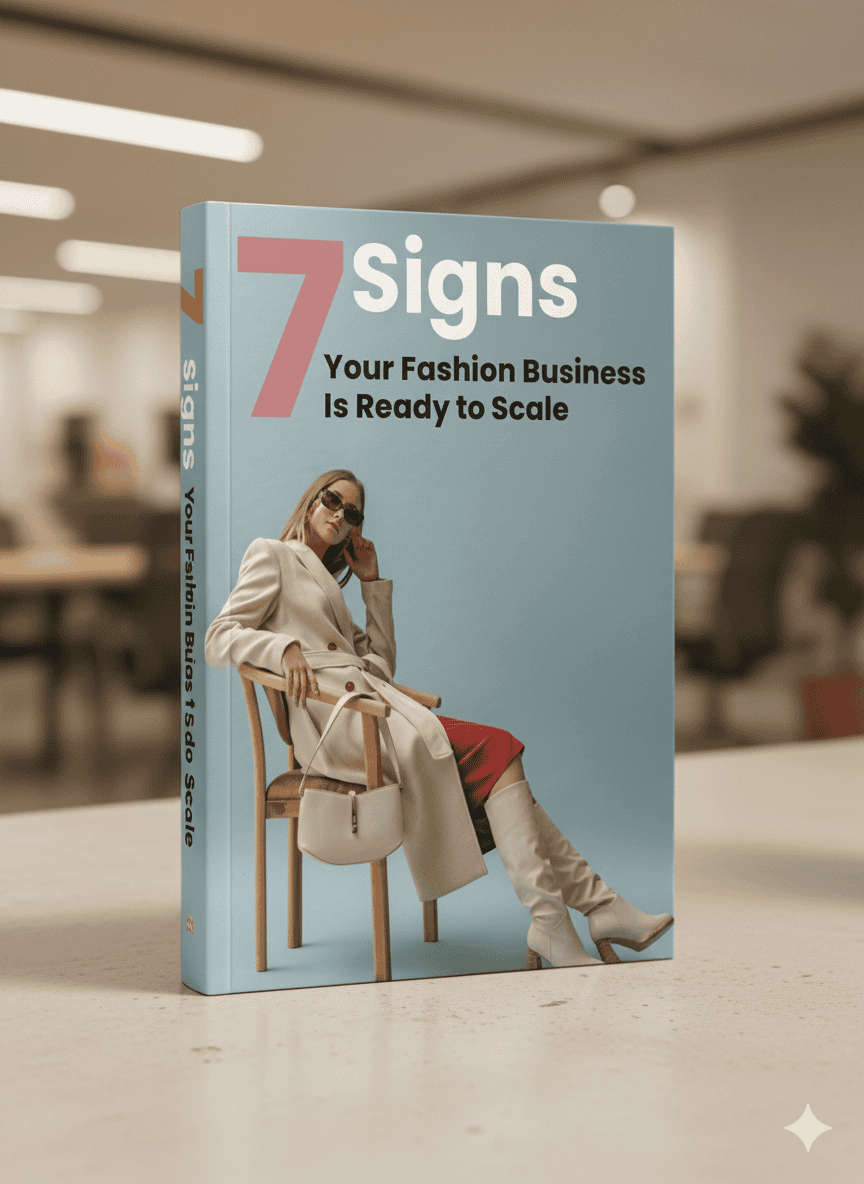WHAT SCENARIO SHOULD YOU COST YOUR FASHION PRODUCT FOR?
As a start-up fashion brand, costing your product for the first time is one of the most challenging parts of your fashion business.
When you source a factory you will have their costs for making both a small run of your product (i.e. 50 units) and a bigger run (i.e. 200+ units). For many designers, the first season is experimental and you might not know exactly how many orders you will get. So the big question is: Should you price your product based on the cost of a small run or the cost of a big run?
To better answer this question let’s think generally about your business. As a start-up fashion brand your first year in business is most likely going to be all about testing! This will be a test run for your concept, your product, your development and production chain etc. Realistically, you will most likely only start to see profit in your 3rd (or more) year, so these first years become about building your brand/ business, not about making money.
That same assumption should be carried into costing and pricing your fashion product. The first couple of seasons you will produce small runs and therefore you will pay high cost for production, resulting in your margins being far from where you would like them to be. Which by the way, is VERY NORMAL for any start-up business in any industry.
Therefore, when you cost your fashion products you should start with deciding on the market that you are looking to compete in (in fact that part should have been decided back when you created your business plan but just in case you haven’t yet, now is the time to do so), and decide on your retail price based on that market, then open your cost sheet and cost the following two scenarios:
Low units – this will reflect the cost of your fashion product in the short term when producing small runs (30-50 or any other minimum units that you are allowed to do).
High units – this will reflect the cost of your product in the long term down the road when your brand is built and you will produce the higher units (200, 300 and more).
Now plug-in your desired wholesale and retail prices into these two scenarios and see what kind of margins you have for both. The things to look out for are:
That when producing the lower units you are not losing money and hopefully even have some revenue margins (anywhere from 30-40% is normal for this stage)
And when producing the higher units your margins are where you need them to be for your business to be healthy (normally around the 50% is good).
To sum this up, your goal when costing your product is to have a view of both your fashion business today as well as 2-3 years from now. You must make sure that your plan for today’s cost allows you to stay in business meanwhile make sure that when you‘ll build your production units down the road that your cost will allow you to have the margins needed to have a healthy, profitable business. If neither one of these two points are met you will need to find a way to either adjust your product, your costs, or your wholesale/retail prices.
Need a cost sheet? Click here for our cost sheets, they are simple excel sheets and already have built in formulas for the 2 scenarios.
Need more help with costing and pricing your product? Check out our Costing workshop here or click here to book your one on one costing session.
By Boaz David of HumanB
Get my FREE Ebook now!
14 Essential Truths Everyone in the Fashion Business Should Know

Your privacy is protected. We care about your safety.


